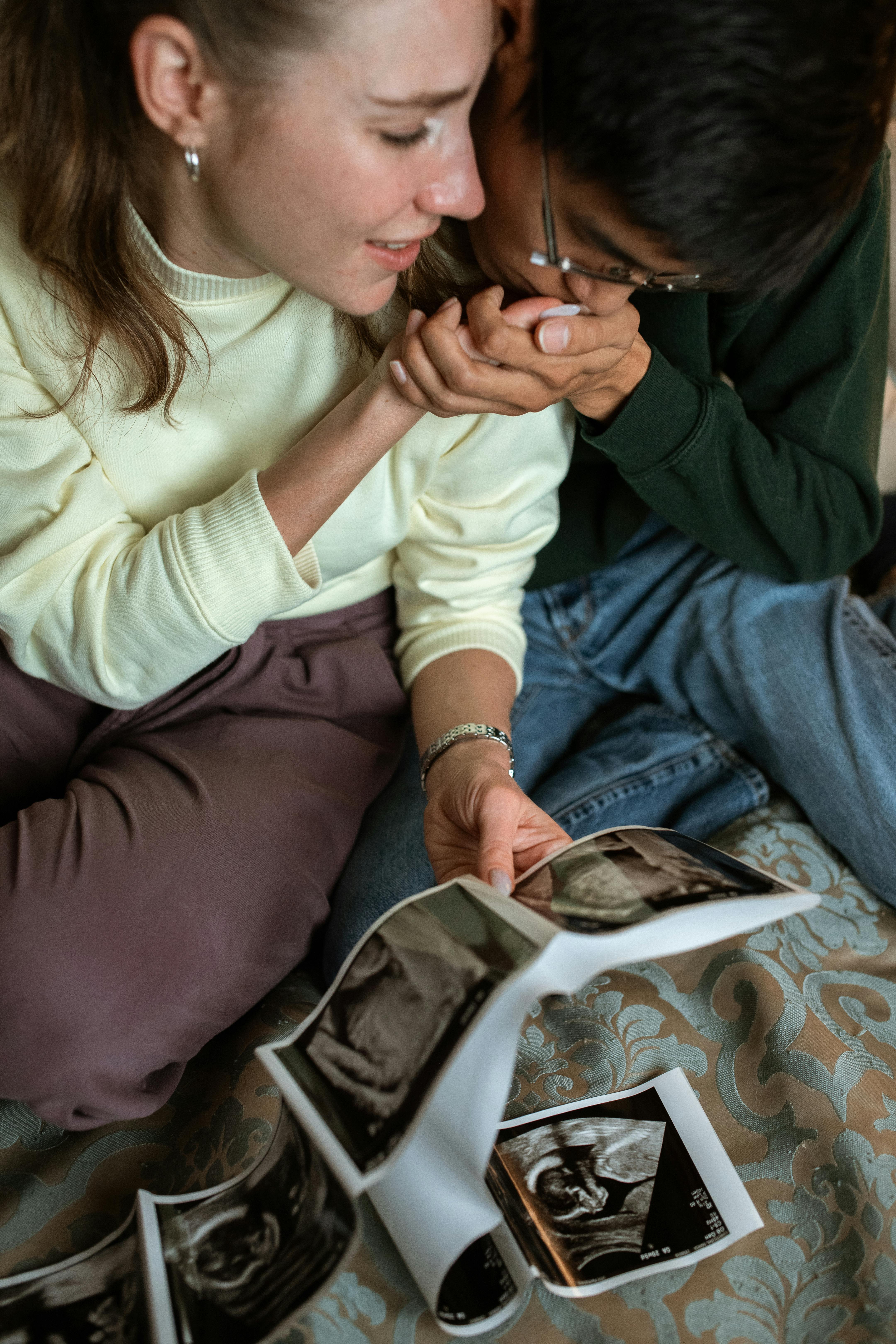Understanding C-Section: Vital Statistics, Facts, and Postpartum Care Tips

A cesarean section, more commonly known as a C-section, is a surgical procedure utilized to deliver a baby when traditional vaginal delivery poses risks. Today, an estimated one in four pregnant women will have a C-section in the UK, while in some countries, this number even reaches one in two. Understanding the intricacies of C-sections, including vital statistics, interesting facts, and essential postpartum care tips, can facilitate better preparedness and ease anxieties revolving around this common procedure.
The Prevalence of C-Sections Worldwide
In recent years, the rate of C-section deliveries has seen a global upward trend. In the UK, the rate has increased from 19.7% in 2000 to 26.2% in 2019. In the United States, nearly one in three births occurs via C-section - amounting to approximately 31.9% of total births. Brazil reports high rates as well, with 55.5% of all births in the country performed through a cesarean.
Even in countries with restricted access to healthcare facilities, C-section rates have been rising, with a notable climb from 3% in 1990 to 15% in 2016. It's also worth noting that the World Health Organization (WHO) recommends a C-section rate of between 10% and 15% for optimal maternal and neonatal outcomes.
Facts About C-Sections
Though far from a new concept, C-sections have undergone significant advancements over time. Contrary to popular belief, C-section newborns are not necessarily larger than those born vaginally. Statistically, newborns delivered via C-section only exceed their counterparts by approximately 13 grams.
While C-sections are often regarded as a safer option, they are not without their risks. Potential complications can include infection, accidental injury to nearby organs, increased blood loss, the risk of additional surgeries, and longer recovery times. As such, C-sections are not typically suggested until they become a medically necessary option.
Postpartum Care After a C-Section
Postpartum care following a C-section is crucial for the overall health and wellbeing of the mother. It includes actions and advice designed to promote healing and recovery after surgery. To start, initiating gentle movement as soon as possible can stimulate blood flow, reduce swelling, minimize the risk of blood clots, and expedite the healing process.
Meanwhile, keeping the surgical site clean and dry prevents infections. Watch out for any signs of infection, such as redness, swelling, or discharge. Make sure to contact healthcare providers if any of these symptoms appear.
Additional aspects of postpartum care may involve optimal nutrition and hydration, pain management, and emotional support. This crucial period also highlights the importance of sleep and rest to aid recovery.
Conclusion: Embracing the Dialogue on C-Sections
C-sections have become an integral aspect of modern childbirth experiences. Empowering oneself through knowledge about this procedure, its prevalence, associated facts, and postpartum care can help expecting mothers in their decision-making processes and postpartum journeys. It's essential to keep an open dialogue with healthcare providers to address concerns, mitigate risks and create customized care plans for individual needs. A constructive, informative approach to understanding C-sections ensures that this surgical procedure, when required, can be a vital tool to safeguard the lives of both mother and baby.





